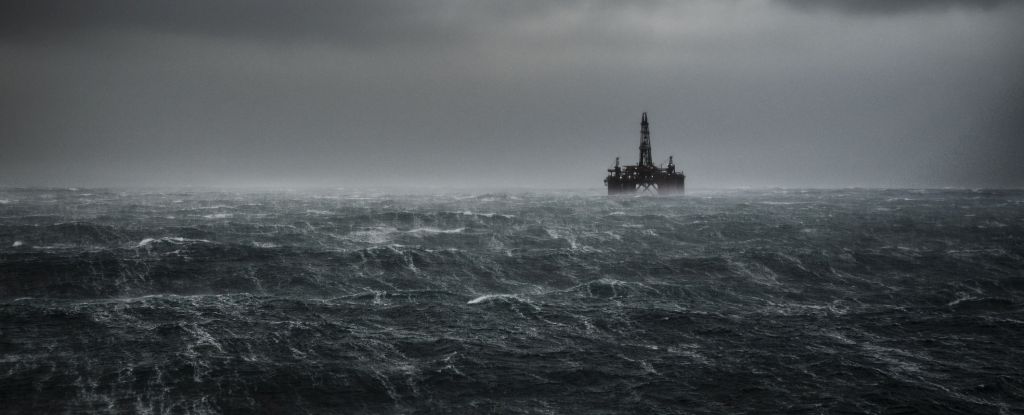
Deep beneath the North Sea, scientists have made a remarkable discovery: vast sand mounds that defy conventional geological principles. These formations, which span several kilometers, were identified by researchers at the University of Manchester and are situated atop structures known as sinkites. This phenomenon is the result of a process termed stratigraphic inversion, and the quantity and scale of these mounds are unprecedented.
According to geophysicist Mads Huuse, who is leading the research, “This discovery reveals a geological process we haven’t seen before on this scale.” The structures found in the North Sea indicate that dense sand has sunk into lighter sediments, effectively flipping the expected geological layers and creating significant mounds beneath the ocean.
Typically, geological layers arrange themselves in a predictable order, with older formations at the base and progressively newer layers on top. Stratigraphic inversion occurs when younger layers sink, allowing older ones to rise. This can happen due to various causes, including seismic activity or tectonic shifts. Utilizing detailed seismic data, Huuse and his colleague, geophysicist Jan Erik Rudjord from Aker BP, discovered the sinkites at the seafloor’s depths.
When seismic waves travel through the Earth, they behave differently based on the density of the materials they encounter. The analysis of this data revealed large areas of the North Sea floor appearing inverted, with denser, younger sand layers buried beneath older, lighter materials. Over time, these denser layers have displaced the older, more porous sediments, which have now risen to the surface, forming a unique geological landscape.
The researchers have named the lighter, porous structures “floatites.” They believe this inversion process likely occurred around the transition from the Miocene to the Pliocene epochs, approximately 5.3 million years ago. The original material consisted of a lightweight layer primarily made up of microscopic marine fossils, covered by a heavier layer. Geological disturbances, possibly from earthquakes, could have fragmented the upper layer into sand, which then sank and reversed the positions of the layers.
As sediment accumulated over millions of years, it created the undulating seafloor seen today. The research team is now focused on refining and validating their interpretation. This understanding could provide insights into the Earth’s crust beneath oceans, helping to identify areas of stability and weakness, as well as the processes that alter these properties.
“This research shows how fluids and sediments can move around in the Earth’s crust in unexpected ways,” Huuse explains. “Understanding how these sinkites formed could significantly change how we assess underground reservoirs, sealing, and fluid migration, which are crucial for carbon capture and storage.”
While there is skepticism surrounding this new model, there is also support among the scientific community. The findings have been published in the journal Communications Earth & Environment, contributing to ongoing discussions about geological processes and their implications for understanding the Earth’s structure.







